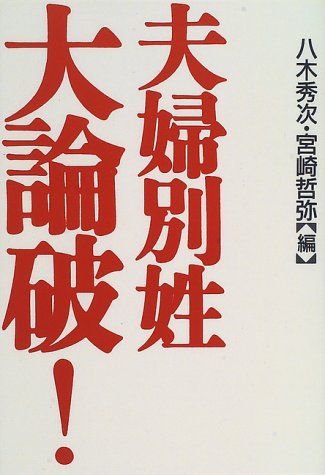3 0 0 0 科学技術者とフェビアニズム
2 0 0 0 OA 學會誌復刊の辞
- 著者
- 八木 秀次
- 出版者
- 一般社団法人 日本音響学会
- 雑誌
- 日本音響学会誌 (ISSN:03694232)
- 巻号頁・発行日
- vol.6, no.1, pp.1, 1950-11-15 (Released:2017-06-02)
2 0 0 0 OA 読みやすいテキストと日本語の文章構造に関する一考察
- 著者
- 有光 隆 八木 秀次 呉 志強 李 在勲
- 出版者
- 公益社団法人 日本工学教育協会
- 雑誌
- 工学教育 (ISSN:13412167)
- 巻号頁・発行日
- vol.62, no.2, pp.2_51-2_56, 2014 (Released:2014-03-26)
- 参考文献数
- 19
Compared to English, there is a difficulty in reading Chinese, Korean and Japanese text, because there are no relatives in these languages. Since relative pronouns and conjunctions appear at the beginning of clauses in English text, readers understand structure of sentence before comprehending the meaning of it. In the case of Japanese text, readers literally follow the meaning of sentence and then construct the relationship between segments by postpositional particles. Sentences in engineering textbooks include long and complex sentences to explain complicated matters, compared to non technical writing such as novels and essays. The authors propose the adoption of using Japanese quotation marks,「 」which are at present rarely used in engineering textbooks to show clauses or long phrase.
2 0 0 0 フェミニズム批判対談 国家・社会規範・家族の解体に税金を使うな!
1 0 0 0 井上毅-明治憲法のグランド・デザイナ-(上)
- 著者
- 八木 秀次
- 出版者
- 高崎経済大学学会
- 雑誌
- 高崎経済大学論集 (ISSN:04967534)
- 巻号頁・発行日
- vol.39, no.2, pp.138-121, 1996-09
1 0 0 0 研究と發明
- 著者
- 八木 秀次
- 出版者
- 公益社団法人 日本セラミックス協会
- 雑誌
- 大日本窯業協會雑誌 (ISSN:03669998)
- 巻号頁・発行日
- vol.51, no.607, pp.426-429, 1943
1 0 0 0 夫婦別姓大論破!
- 著者
- 八木秀次 宮崎哲弥編
- 出版者
- 洋泉社
- 巻号頁・発行日
- 1996
1 0 0 0 OA 日本・中国・韓国における大学の教科書に対する学生の評価
- 著者
- 有光 隆 呉 志強 李 在勲 八木 秀次
- 出版者
- 公益社団法人 日本工学教育協会
- 雑誌
- 工学教育 (ISSN:13412167)
- 巻号頁・発行日
- vol.62, no.4, pp.4_64-4_68, 2014 (Released:2014-08-07)
- 参考文献数
- 8
In the process of research of machine design textbooks in Far East Asian countries, the authors surveyed opinions of university students in Japan, China and Korea. Though students do not compare engineering textbooks from other countries, they express both positive and negative opinions about the qualities of textbooks often reflecting social situations (their job prospects, industrial policy, etc.) . Korean students using large volume textbooks want simple but comprehensive explanations. Chinese students using practical textbooks attach an importance to practicality and use in future. Japanese student using compact textbooks attach an importance to comprehensive and detailed explanations. Japanese university students have a higher psychological barrier to employ engineering textbooks written in English, than students of other countries.
- 著者
- 井出 敞 森 勇蔵 紺田 功 井川 直哉 八木 秀次
- 出版者
- 公益社団法人精密工学会
- 雑誌
- 精密工学会誌 (ISSN:09120289)
- 巻号頁・発行日
- vol.57, no.5, pp.887-892, 1991-05-05
- 被引用文献数
- 1 1
A new approach to prepare diamond-like carbon film was made by highly accelerating ultra-fine carbon black particles between plane-parallel electrodes held at DC high voltage in 10^<-4> Torr, and by making the energetic particles deposit onto the surfaces of electrodes used as substrate. It became clear that amorphous hard carbon films grow only on cathode surface without heat generation and the growth rate depends on the rate of kinetic-energy flux given by the particles striking unit cathode area. The average growth rate of about 10 nm/min was obtained using a 180 mm dia. cathode with relatively low power supply. As for the properties of film prepared, the Vickers hardness value larger than 1 500 kgf/mm^2 and the semiconductive hopping conduction were observed, which are quite different from carbon black used. These suggest that the graphitic starting material may be transformed into considerably disordered carbon structure due to severe solid-to-solid impact, and a diamond-like carbon film of graphite rich may be formed.


